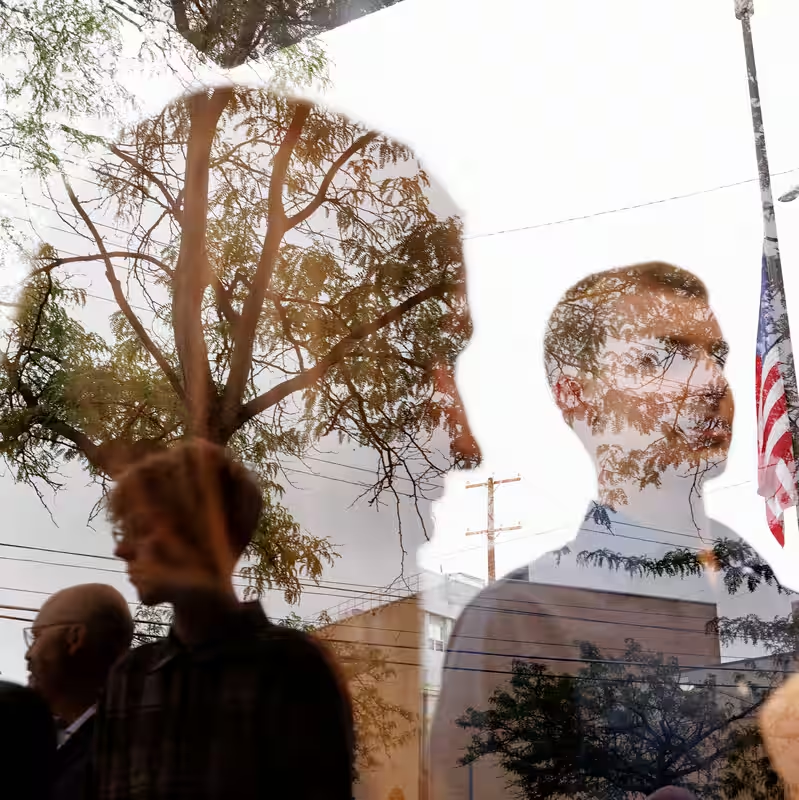Table of Contents
- The Ruling: Case Dismissed, But…
- Why This Lawsuit Was Different
- The Silver Lining Legal Experts Are Celebrating
- What’s Next for the Young Plaintiffs?
- Sources
The Ruling: Case Dismissed, But…
In a decision handed down on October 16, 2025, a federal judge in Montana dismissed Lighthiser v. Trump, a high-profile climate lawsuit brought by 22 young Americans against former President Donald Trump . At first glance, it’s a crushing defeat for the youth plaintiffs who argued that Trump-era executive orders rolling back climate protections violated their constitutional rights to life, liberty, and property.
However, the dismissal came with a twist that has legal scholars buzzing. While the judge ruled the plaintiffs lacked legal standing to sue the federal government in this specific context, the opinion included a powerful and unprecedented acknowledgment: climate change is a “children’s health emergency” .
Why This Lawsuit Was Different
This federal case was a direct offshoot of the landmark Held v. Montana victory, where the same cohort of young plaintiffs successfully argued in state court that Montana’s failure to consider climate impacts in energy policy violated their state constitutional right to a clean and healthful environment .
Emboldened by that win, they took aim at the federal level, targeting a series of Trump executive orders designed to “unleash” fossil fuel development and dismantle climate regulations . Their core argument was that these federal actions directly harmed their health and future, creating a legal duty for the government to protect them.
The Focus Keyword: Youth Climate Lawsuit
This youth climate lawsuit represented a bold strategy to extend the principles of the Held case from the state to the national stage. The plaintiffs, ranging in age from toddlers to young adults, presented detailed evidence linking federal policy to worsening air quality, extreme weather events, and mental health distress.
The Silver Lining Legal Experts Are Celebrating
Despite the dismissal “with prejudice”—meaning the case can’t be refiled in its current form—the judge’s written opinion is being hailed as a major strategic win for the climate movement .
Here’s why:
- Official Recognition: For the first time in a federal court ruling, a judge has formally recognized climate change as a direct and immediate threat to children’s health . This creates a powerful legal precedent for future cases.
- Factual Concessions: The court’s opinion accepted many of the plaintiffs’ scientific claims about the causes and consequences of climate change, making it harder for future defendants to dispute the core facts.
- A Roadmap for the Future: Legal experts suggest the ruling clarifies the specific legal hurdles—like establishing direct causation between a single administration’s policies and individual harm—that future youth climate lawsuit efforts must overcome.
What’s Next for the Young Plaintiffs?
The legal team for the 22 young Americans has already signaled they will appeal the dismissal to a higher court . They argue that the judge’s own findings about the “children’s health emergency” logically support their claim of standing.
Beyond the courtroom, the case has already succeeded in its broader goal: to force a national conversation about the government’s responsibility to protect its youngest citizens from the existential threat of climate change. The powerful personal stories of the plaintiffs have resonated with the public, turning a complex legal battle into a deeply human narrative.
While they may have lost the battle in Montana’s federal court, the war for climate justice, led by a new generation, is far from over. The judge’s unexpected words may have just given them their most potent weapon yet.
Sources
- Press Release – Federal Judge Dismisses Youth Climate Lawsuit
- Plaintiffs from landmark Held case file constitutional climate lawsuit
- Judge dismisses federal lawsuit from young climate activists
- Court Dismisses Youth-Led Lawsuit Challenging Trump Policies
- 22 Youth Sue Donald Trump Over Executive Orders




